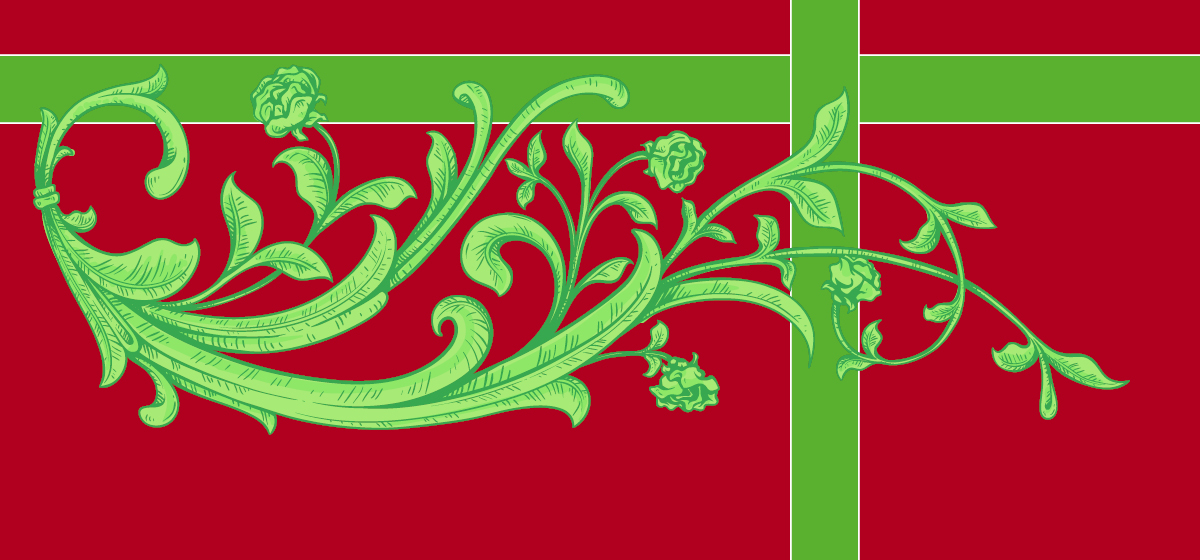Story and Photos By Mike Yawn
 Stanley Lea spent over three decades teaching art at Sam Houston State University, where he excelled in collage and printmaking. He worked among the finest art faculty in the state of Texas at SHSU. After two decades of retirement, Lea’s works and legacy live on in art that still beautifies the campus, public buildings, private homes, the William Reaves Fine Art Gallery in Houston, and the Smithsonian in Washington, DC. We sat down with Lea and his wife Ruth to discuss his art.
Stanley Lea spent over three decades teaching art at Sam Houston State University, where he excelled in collage and printmaking. He worked among the finest art faculty in the state of Texas at SHSU. After two decades of retirement, Lea’s works and legacy live on in art that still beautifies the campus, public buildings, private homes, the William Reaves Fine Art Gallery in Houston, and the Smithsonian in Washington, DC. We sat down with Lea and his wife Ruth to discuss his art.
I am paraphrasing, but Hemingway once said writers should write, never talk. I kind of feel that way about artists.
I didn’t have a lot of exposure until I got to college. At Pittsburg State University, I originally majored in architecture, but I took an art class from Eugene Larkin, and he had a tremendous influence on me. That’s when I changed majors to art.
 Was it Larkin’s proficiency as an artist, his ability as a teacher, his passion?
Was it Larkin’s proficiency as an artist, his ability as a teacher, his passion?It was his passion for art. He was an art historian, but at Pittsburg, he ended up teaching studio classes, painting, drawing, and so forth. He introduced me to printmaking and woodcuts. We didn’t have a press or anything, so we hand burnished them. Later at the University of Arkansas, during graduate work, I majored in printmaking; but at Pittsburg State, I majored in painting.
Ruth: We met in 1949. His grandmother was in the hospital with a broken hip, and my mother was also in the hospital. He went to the hospital, caught sight of me, then started coming to the hospital pretty regularly. His mother wondered why he was suddenly showing such devotion to his grandmother. And my mother wondered why this young man kept walking by looking in her room.
We’ve been married for 63 years.
I worked at service station for my father. I got tired of that. We would change tires, or change batteries, or rebuild batteries. It wasn’t art.
 How did you resume your art career?
How did you resume your art career?Larkin had introduced me to so many new things. One was an exhibit, where I met a professor at the University of Arkansas. He offered me a scholarship there when I graduated. But I was married and wanted a full-time job. After several years of auto repair, I was eager to get back to school. I went to Arkansas and asked if the scholarship was still available. It was!
So I started there. There were faculty there who were top-notch at art and teaching. So between Pittsburg and the University of Arkansas, I think I received strong training and education.
Yes. After I began teaching at SHSU, I was awarded several grants to pursue my own career in painting, printmaking, papermaking, etc.
Ruth: He was hired to set up the printmaking department at Sam Houston.
When they asked me to work there, I asked what type of presses SHSU had. The person making the call said, “I don’t know.” It was a new process, and it was nice to be able to set up that part of the program.
 You also had a hand in developing the viscosity printing method in the United States. Can you describe that?
You also had a hand in developing the viscosity printing method in the United States. Can you describe that?There were a few artists in the U.S. who had touched upon the ink viscosity method. One of them was at the University of Texas. We went to dinner, and he brought up this method of printmaking. He had just dabbled into it, but it interested me. It’s something I began working with and enjoyed very much.
I employ plates made from Masonite, then I use three different processes. I glue the pieces to the Masonite (collagraphy actually comes from Greek words “kolla” and “graph” meaning “glue” and “draw,” respectively), and begin by using an intaglio process—getting the ink into the plate’s recesses. Next, I roll ink onto the plate, so the ink is on the surface level. In the third stage, where the viscosity comes into play, I use a soft roller to ink the plate so the ink forms an intermediate level—it is above the ink in the etchings of the first stage and below the surface ink applied in the second stage.
 Tell us about your interest in paper as a medium for art.
Tell us about your interest in paper as a medium for art.I learned to do hand-made paper at a workshop in Saginaw, Michigan. I was cutting up pieces I had painted, printed, and rolled ink on. I assembled it in a subjective manner. I used a lot of paper, and I liked the control over the process. Making it by hand, I could control the texture and the color.
 I was able to attend a lot of workshops, and we were able to travel abroad extensively, sometimes with students as part of a study abroad program.
I was able to attend a lot of workshops, and we were able to travel abroad extensively, sometimes with students as part of a study abroad program.
Ruth: In 1982, we were able to travel to sixteen different countries.
Stan: When I went to Argentina, there was a lot of unrest there, and it made it impossible to travel around without physical danger. I also had a show in Mexico. Returning, we were stopped at various points. They wanted bribes to move us through. Travel was rewarding, but it could be dangerous.
 Speaking of dangers, tell us about some physical problems art can cause.
Speaking of dangers, tell us about some physical problems art can cause.I had a sciatic nerve problem. I did a lot of work in an unventilated studio, which is not very healthy. I had tremors for a long time, and still do. Also, in printmaking, you use solvents and nitric acids containing fumes that can endanger the body. I haven’t done art since I’ve retired.
 When I started, abstract expressionism had developed with the work of Pollock and others. That’s the way Larkin approached art, from a more subjective perspective to painting an object. Although many relate my work as landscapes, they really aren’t taken from landscapes. I consider them abstract works, and that’s true from the beginning of my career as a working artist.
When I started, abstract expressionism had developed with the work of Pollock and others. That’s the way Larkin approached art, from a more subjective perspective to painting an object. Although many relate my work as landscapes, they really aren’t taken from landscapes. I consider them abstract works, and that’s true from the beginning of my career as a working artist.
In my career, one piece kind of grew from another. During my career, my work grew from my previous work all the time. I wasn’t particularly influenced by any other artist or any other approach to art.
Ruth: When Stanley was teaching at SHSU, it was the best school of art in the state. He had a student from New York whose advisor there said he should study art at Sam Houston State.
Stan: We had a great faculty. There was Gaddis Geeslin, Charles Pebworth, Ken Zonker, Joe Polley Paine, Jimmy Barker, Evelyn Anderson, Gene Eastman, and Harry Ahysen, just to name a few.
On that piece, I felt the painting reflected several dimensions simultaneously, therefore a warp in time. That’s where it came from. I felt there was some relationship to the changes of color that produce the sense of a change in time. It’s something I relate it to, although I’m not sure titles really add anything.
I really don’t know about that. A lot of people have purchased my work, and I’ve had a lot of exhibitions (more than 200 exhibitions, including more than 30 national exhibitions). But I’m not sure how their level of enjoyment of specific works corresponds to my level of enjoyment.
I don’t have a good idea. I kind of do things in a series. One thing tends to flow to another, and I wouldn’t know how to begin thinking about the total number.
My collagraphs, pieces like this (points to one of his works), and my paintings.
 Ruth, do you have a favorite work or type of work of Stanley’s?
Ruth, do you have a favorite work or type of work of Stanley’s?Ruth: I like the collages. The print-making, too, the viscosity. I helped him with those; they were so large, he couldn’t print those alone. Another I like is one Dana Nicolay selected for the dean’s office in the Performing Arts Center. It’s titled Sound of Music.
I did teaching for a living. My true desire was to be just an artist.



